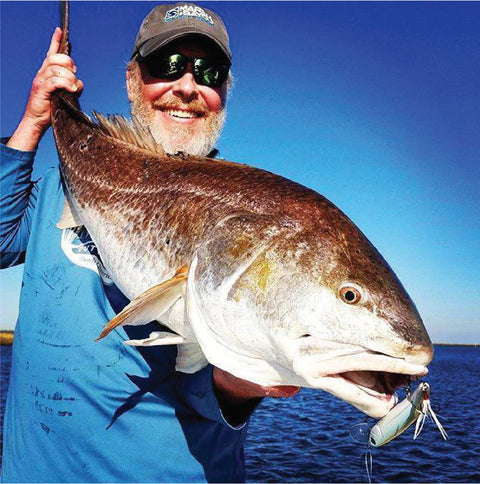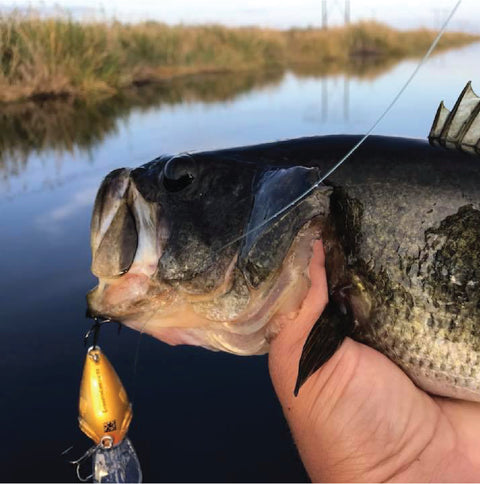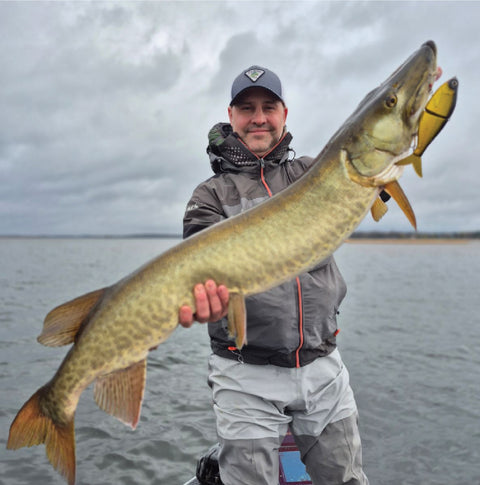Ledge Fishing Tactics for Spring to Summer Bass: Expert Tips from Laker Howell
By Laker Howell

As spring transitions to summer, many bass anglers prefer shallow water fishing, but I thrive on targeting deep water bass on ledges, especially on renowned lakes like Guntersville. In this guide, I share how bass transition from spawning to deep ledges, the patterns to follow, and the best setups to land big bass in late spring and early summer.
Understanding the Spring-to-Summer Bass Transition
In late spring, bass complete their spawning cycles and begin moving offshore. On lakes like Guntersville, part of the TVA system famous for its ledge fishing, the first waves of post-spawn bass stage at the mouths of spawning areas, feeding briefly before disappearing for about a week. These fish then reappear on “community hole” ledges—underwater islands or structural irregularities visible on your graph. These spots are obvious to experienced ledge anglers but can seem like hieroglyphics to newcomers, especially without advanced electronics.
The key to spring to summer bass fishing is understanding this transition. Bass move to ledges to capitalize on current-driven food sources, positioning themselves on structures where baitfish, crawfish, and other prey are washed to them. This makes ledge fishing a highly effective, current-based strategy for catching big bass.
Finding Key Ledge Structures for Big Bass
Successful ledge fishing hinges on identifying small structural differences in current-based environments. On lakes like Guntersville, where the current drives bass bites, look for irregularities along drop-offs. For example, if your graph shows a flat at 12 feet dropping into a river channel, scan for a point where the flat takes a slight turn or indentation, like a chunk was knocked out. This creates a current flow spot where shells and baitfish accumulate, forming an all-you-can-eat buffet for bass.
These “shell beds” aren’t naturally occurring; current washes shells onto these points, attracting baitfish and crawfish. Bass stage close to the bottom, facing into the current, waiting for food to come to them. To target these spots, position your boat behind the point, cast into deeper water, and retrieve the bait up the point toward shallower water for a natural presentation.
On new bodies of water, start by checking the generation schedule to gauge current strength. High current pushes fish to bends or eddies, where the flow slows, while moderate current allows bass to stage on straightaways. Focus on bars or points in 18–25 feet of water, especially those hit first by the current, as they collect food and baitfish.
Pro Tip: Use a navigation app to track generation schedules and prioritize bends during high-current periods for the best ledge fishing results.
The Best Bait and Setup for Ledge Fishing
For ledge fishing, my go-to bait is the Deep Impact 18 from Livingston Lures, with the Deep Impact 12 as a secondary option for shallower depths. The Deep Impact 18 dives deep—up to 22 feet on a long cast—making it ideal for targeting bass on deep ledges. Its EBS technology enhances its effectiveness in low-light, deep-water conditions, drawing strikes that outpace other baits. I’ve seen it catch three times as many fish as traditional crankbaits, boosting my confidence to new heights.
My setup includes a 7’6” glass rod with a parabolic bend for casting distance and shock absorption, paired with a 7:1 gear ratio reel and 10–12-pound fluorocarbon line. The lighter line reduces drag, allowing the bait to dive deeper. A top color choice is Chartreuse Sunrise Shad, which mimics shad washed up the ledge, provoking reaction strikes.
Mastering the Retrieve for Deep Water Bass
When retrieving the Deep Impact 18, aim for bottom contact to trigger bites. Bass on ledges look forward and down, targeting prey moving from deep to shallow water. Bumping the bottom creates a reaction movement that bass can’t resist, often resulting in strikes on the back treble hook as fish come up from below or chase from behind. Big hooks are essential to secure these reaction bites, and occasionally, a fish will fully engulf the bait for a solid hookup.
Position your boat on spot-lock behind the ledge point, cast past the structure into deeper water, and reel the bait up the ledge. This mimics the natural movement of baitfish, increasing your chances of connecting with a school of bass. If you’re not feeling bottom contact, your confidence—and catch rate—may suffer.
Tournament Tip: Focus on bottom contact to boost confidence and generate more strikes from ledge-dwelling bass.
Reading the Graph for Ledge Fishing Success
Finding productive ledges requires effective use of your electronics. Use downscan and sidescan in search mode to locate groups of 15 or more bass, as smaller groups may not yield consistent bites. A visible cluster of 15 bass on your graph often indicates twice that number below, as not all fish show up clearly. Look for condensed groups rather than scattered fish, as these schools are more likely to produce.
Baitfish presence is also critical. While forward-facing sonar can help, I rely on a feel-based approach, targeting areas where current concentrates bait. Avoid spots where bait is too stratified or moving too fast, as bass prefer slower, manageable flows. Imagine a leaf blower pushing food to the fish—find the sweet spot where current delivers bait without overwhelming the bass.
Why EBS Technology Shines in Deep Water
The EBS technology in the Deep Impact 18 is a game-changer for ledge fishing, especially in deep water where light penetration is minimal. This sound-based feature makes the bait come alive, drawing strikes in conditions where other crankbaits fall short. I’ve consistently outfished others using non-EBS baits, often catching three times as many bass. The technology’s ability to mimic natural prey sounds gives me unmatched confidence, making it hard to throw anything else on ledges.
Final Thoughts on Ledge Fishing for Bass
Ledge fishing during the spring-to-summer transition offers a thrilling opportunity to target big bass. By understanding bass movement, identifying current-driven structures, and using the right bait and setup, you can unlock the potential of lakes like Guntersville. The Deep Impact 18, with its EBS technology and deep-diving action, paired with a glass rod and light line, is my cornerstone for success. Focus on large bass schools, bottom-contact retrieves, and current-based patterns to maximize your catch. Whether you’re competing in a tournament or chasing a trophy bass, these ledge fishing tactics will elevate your game.
Lake Howell










